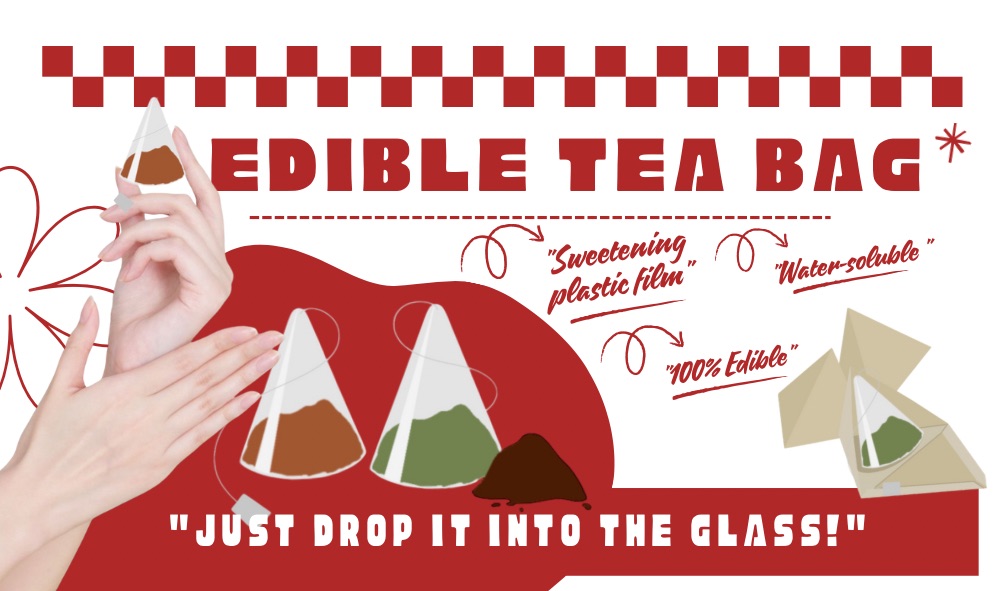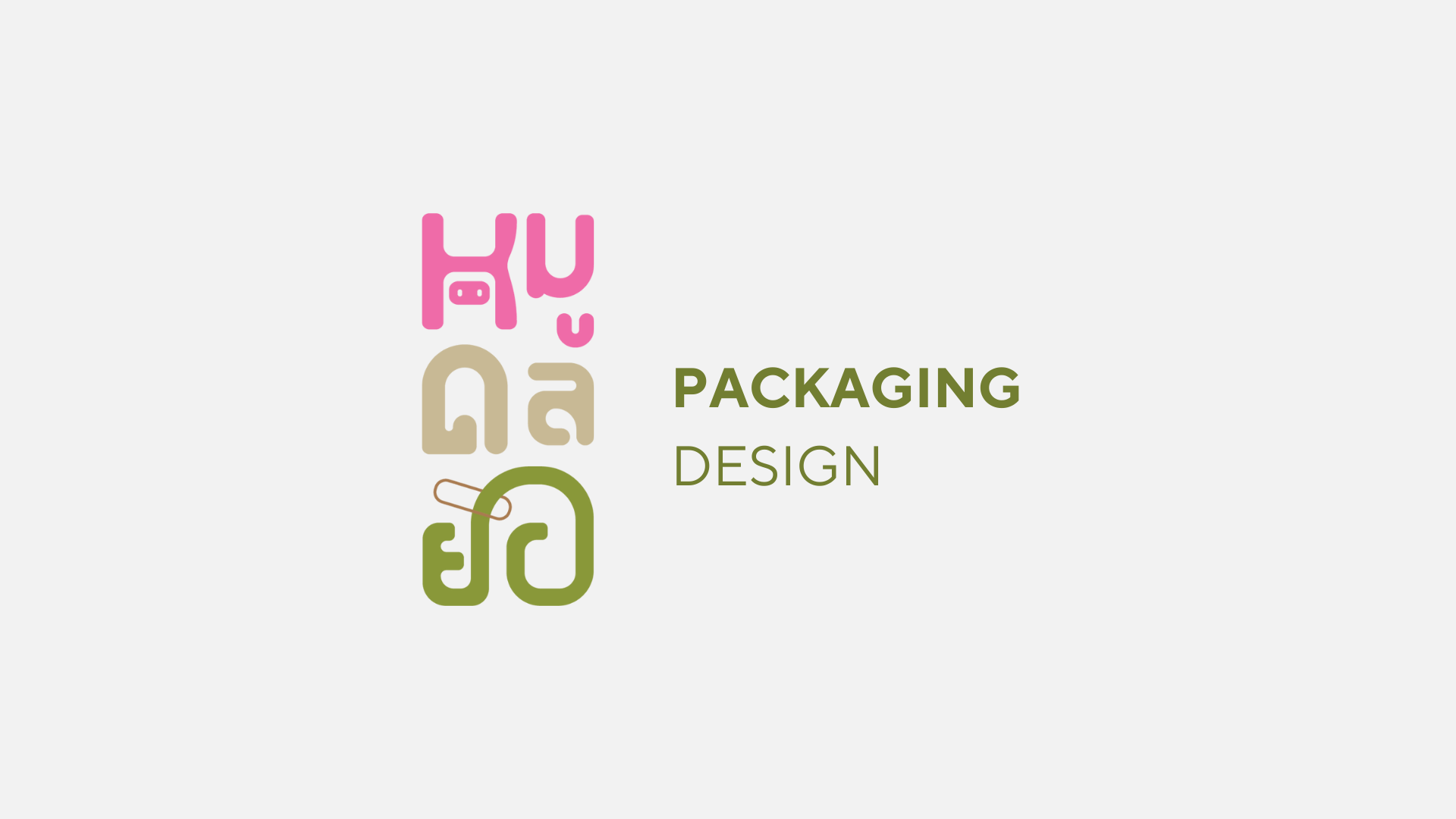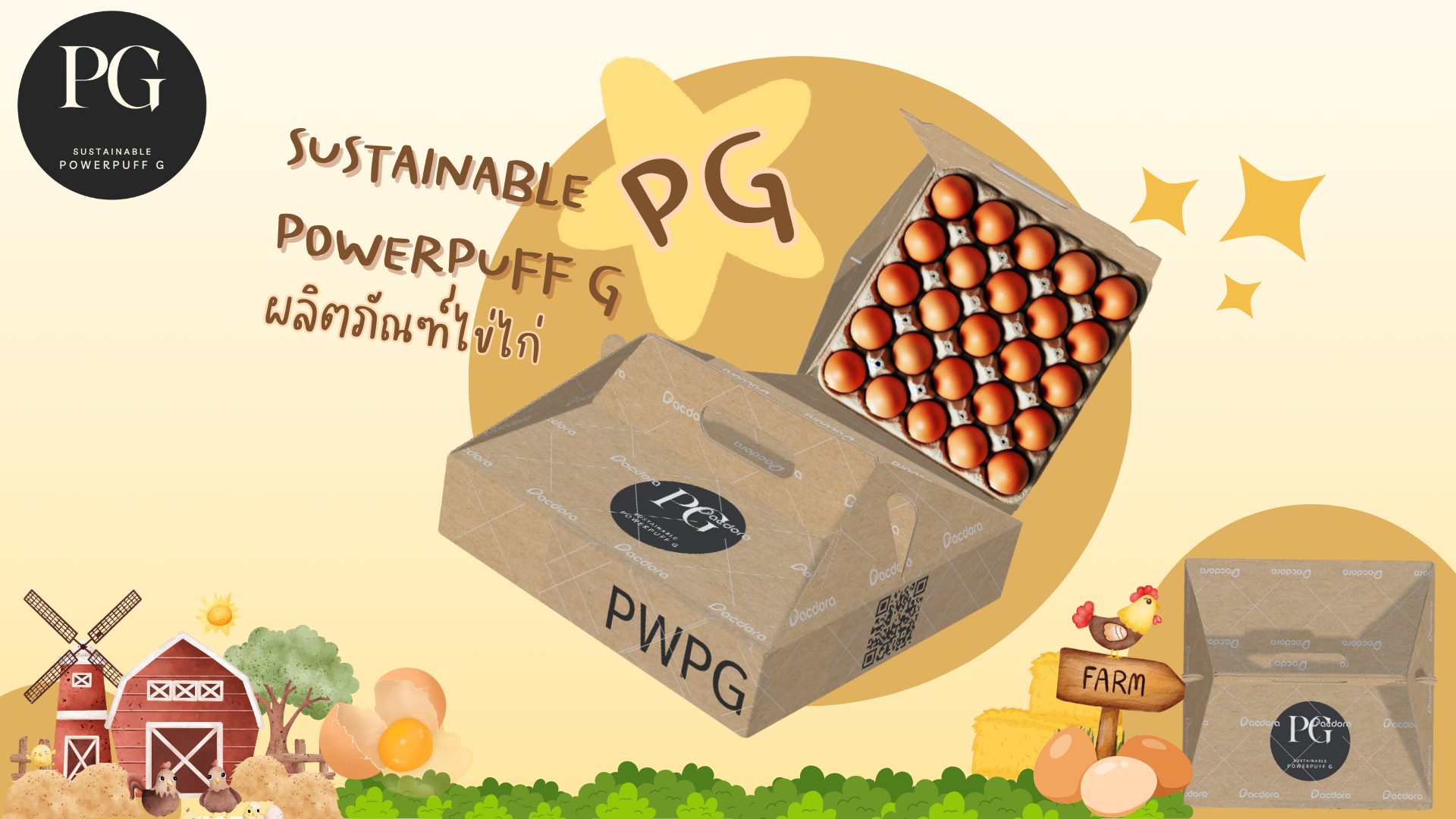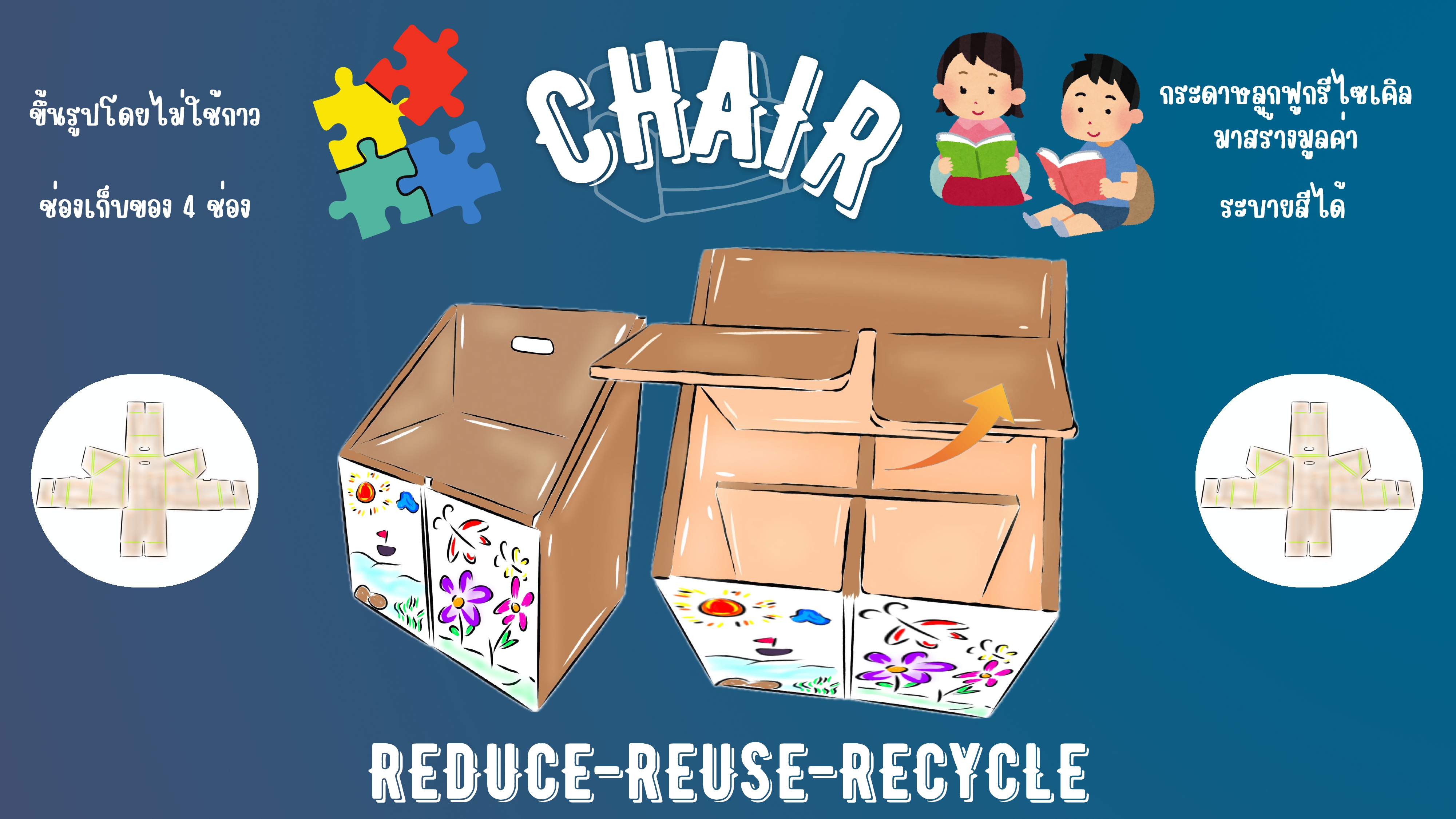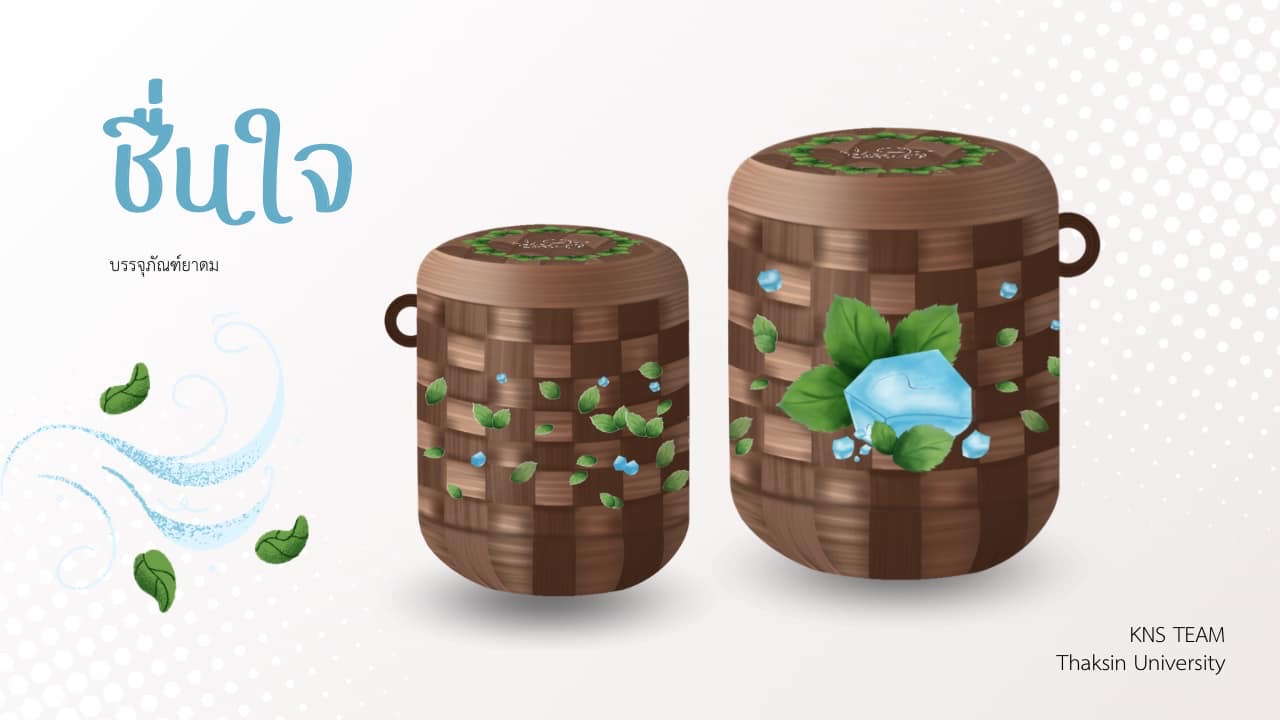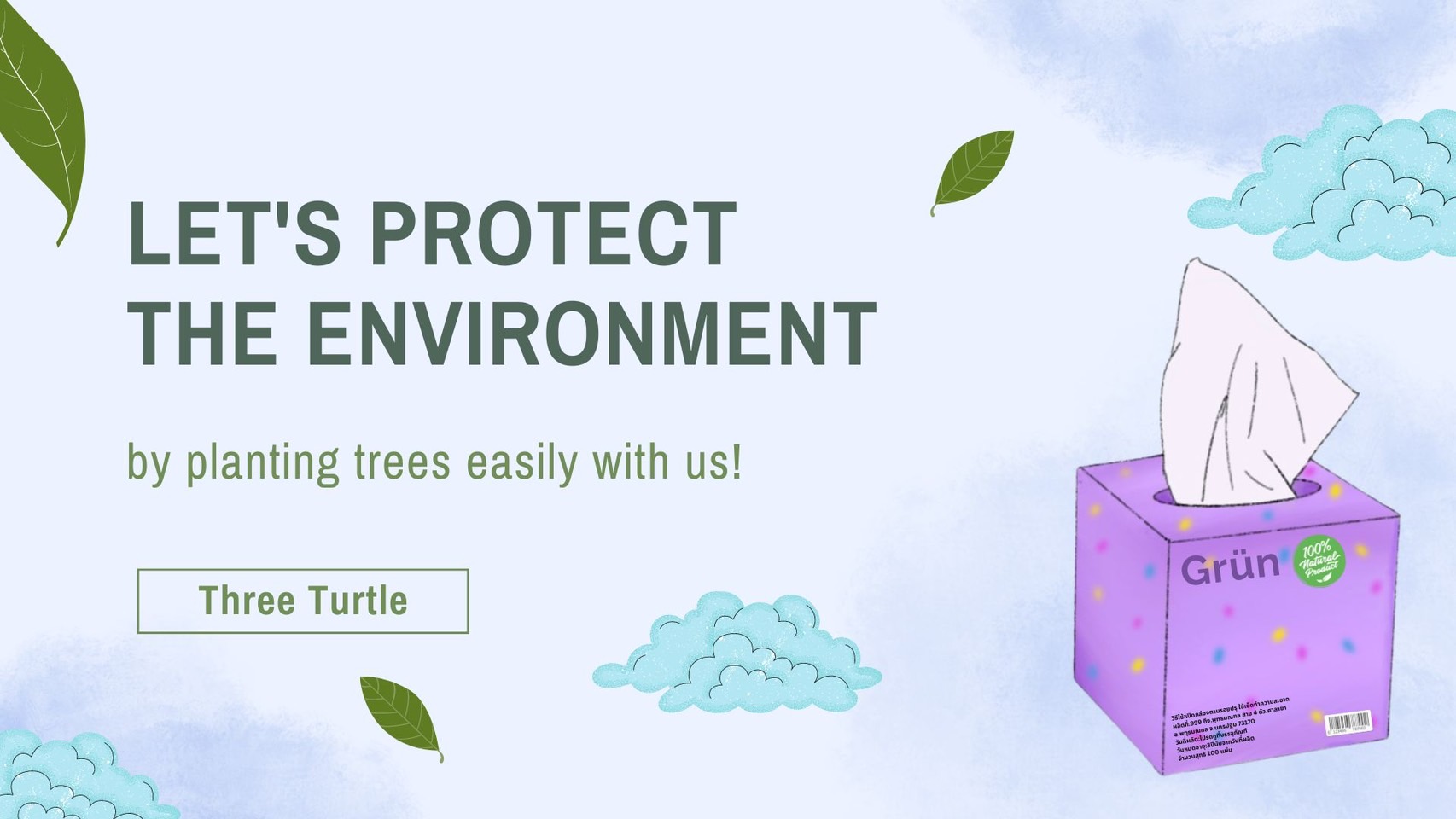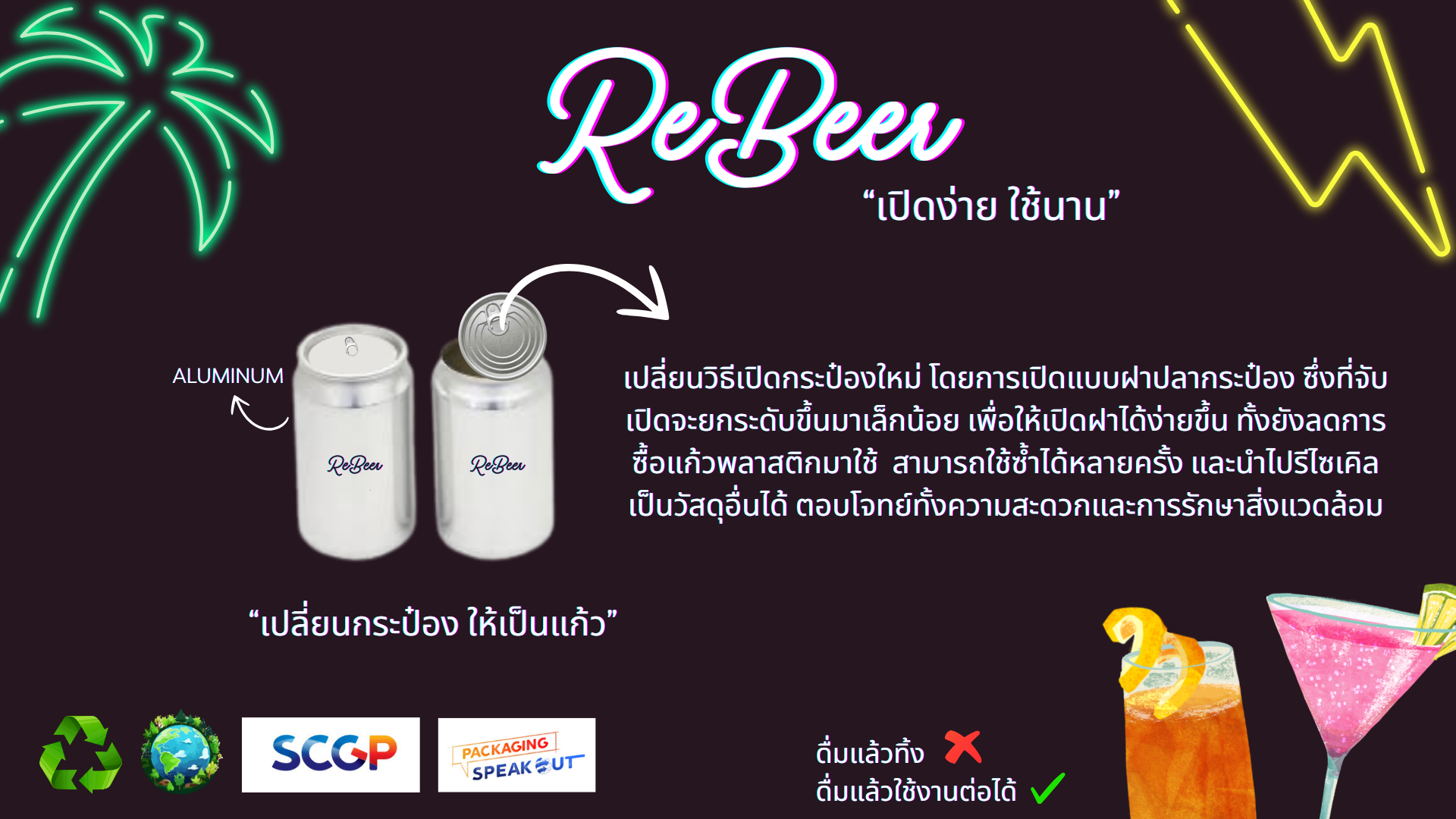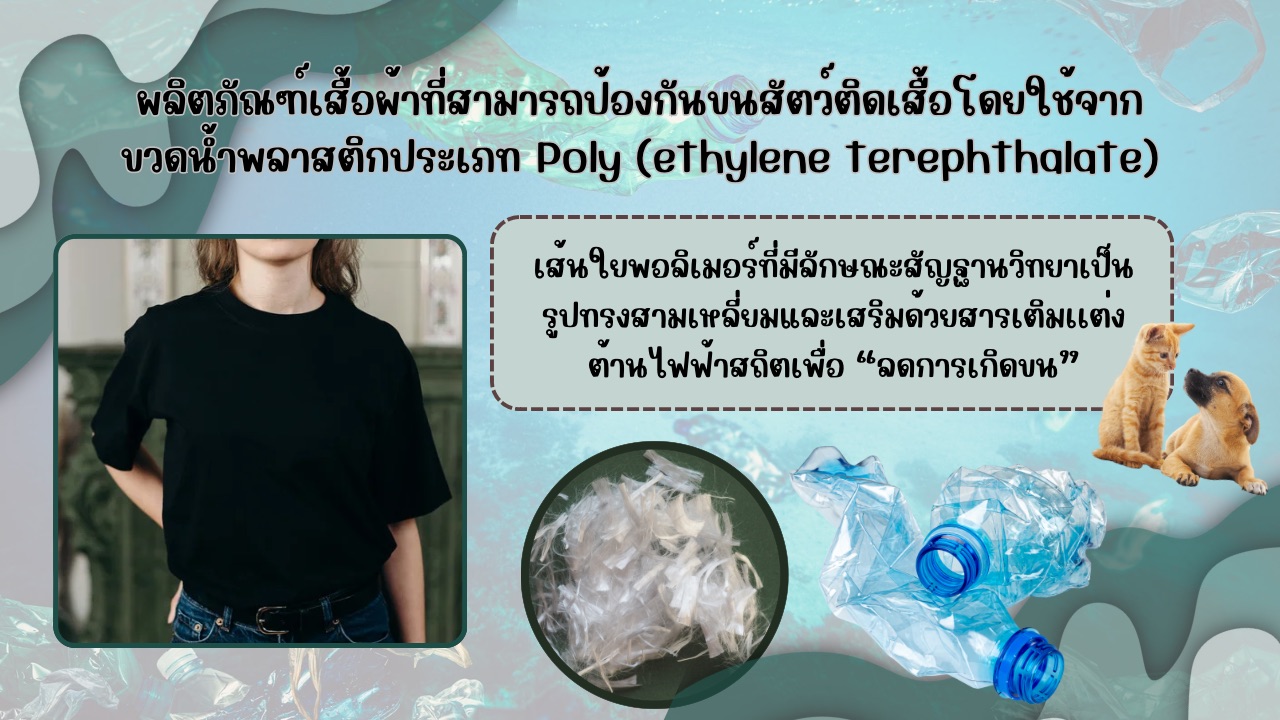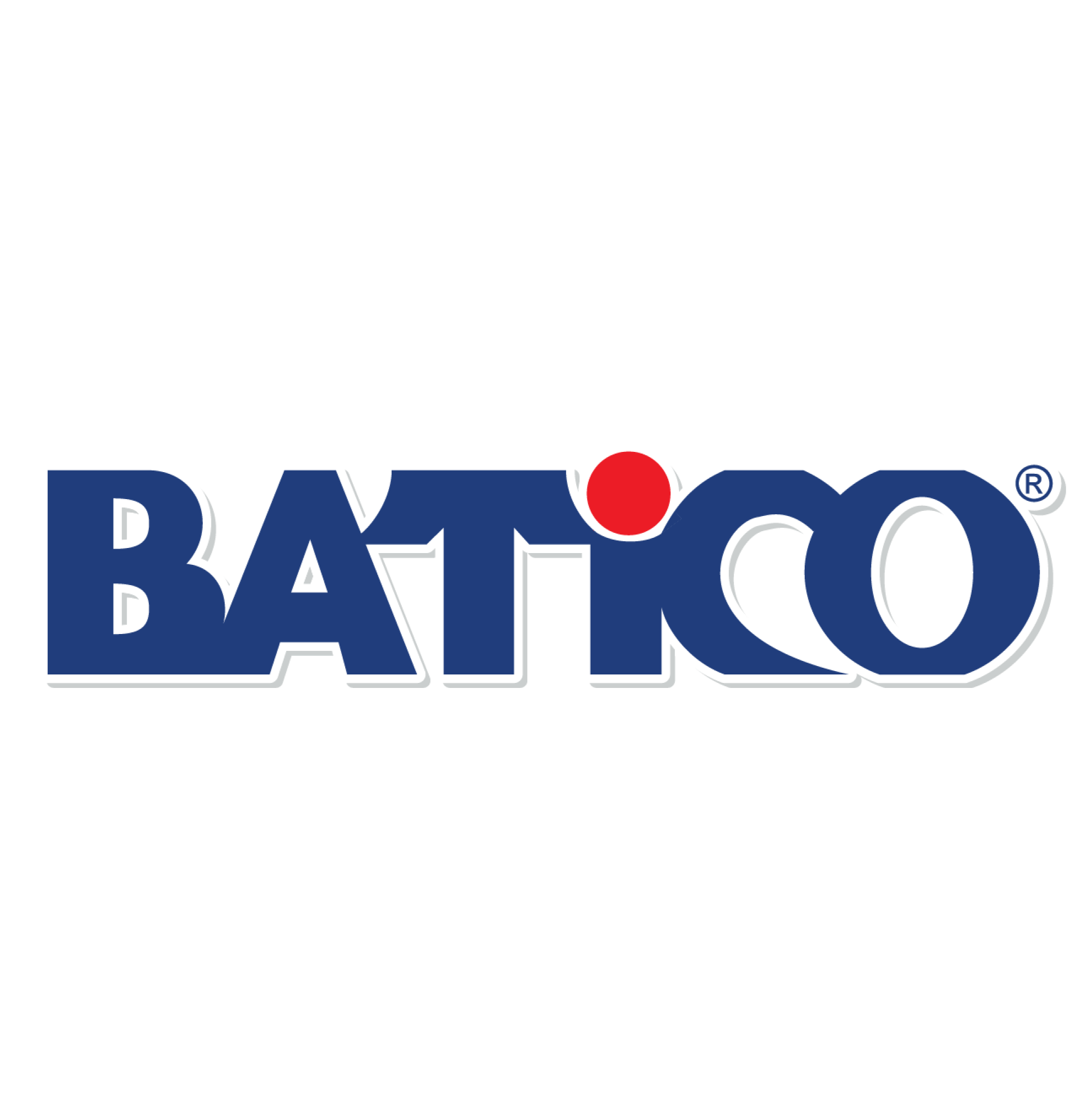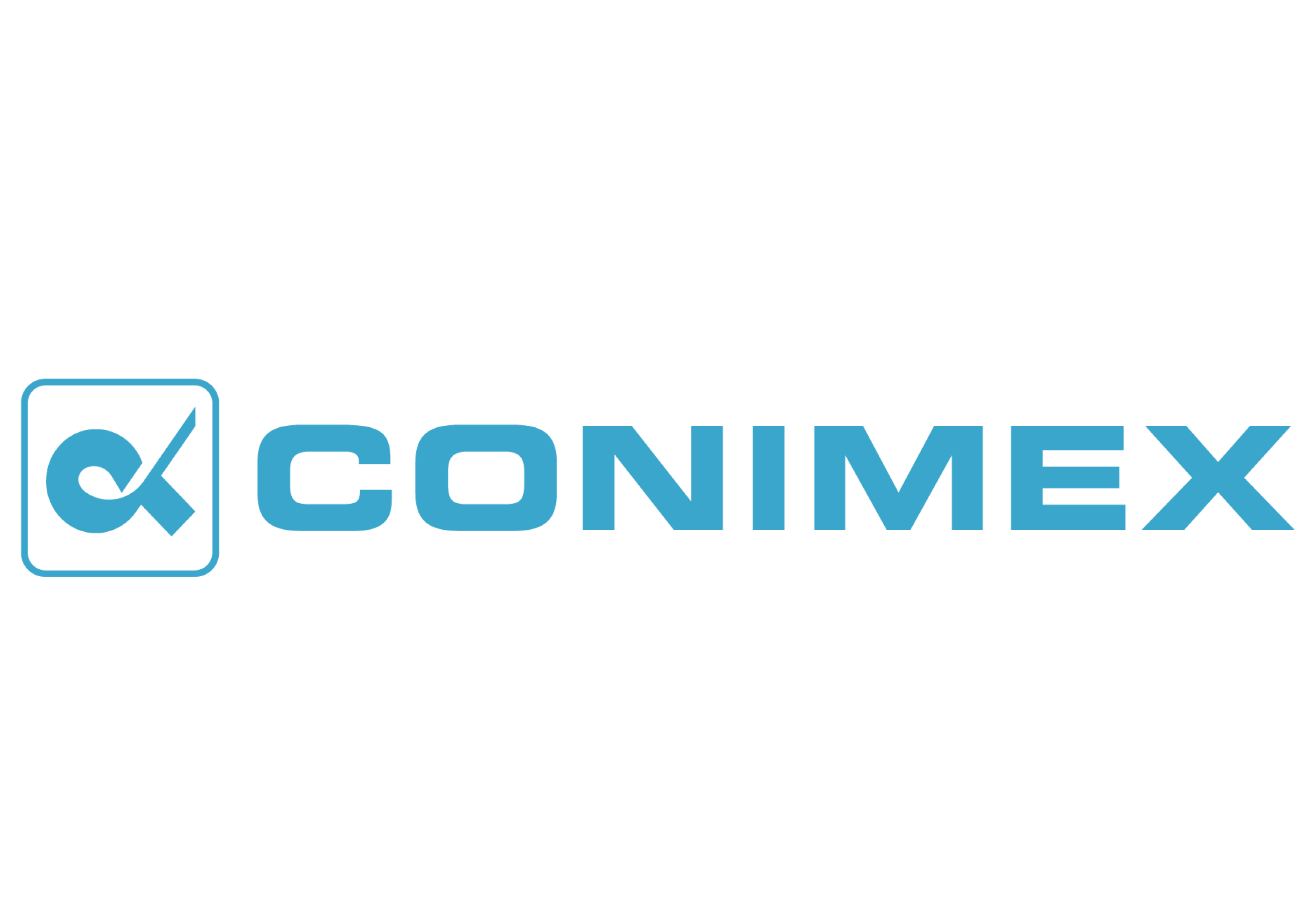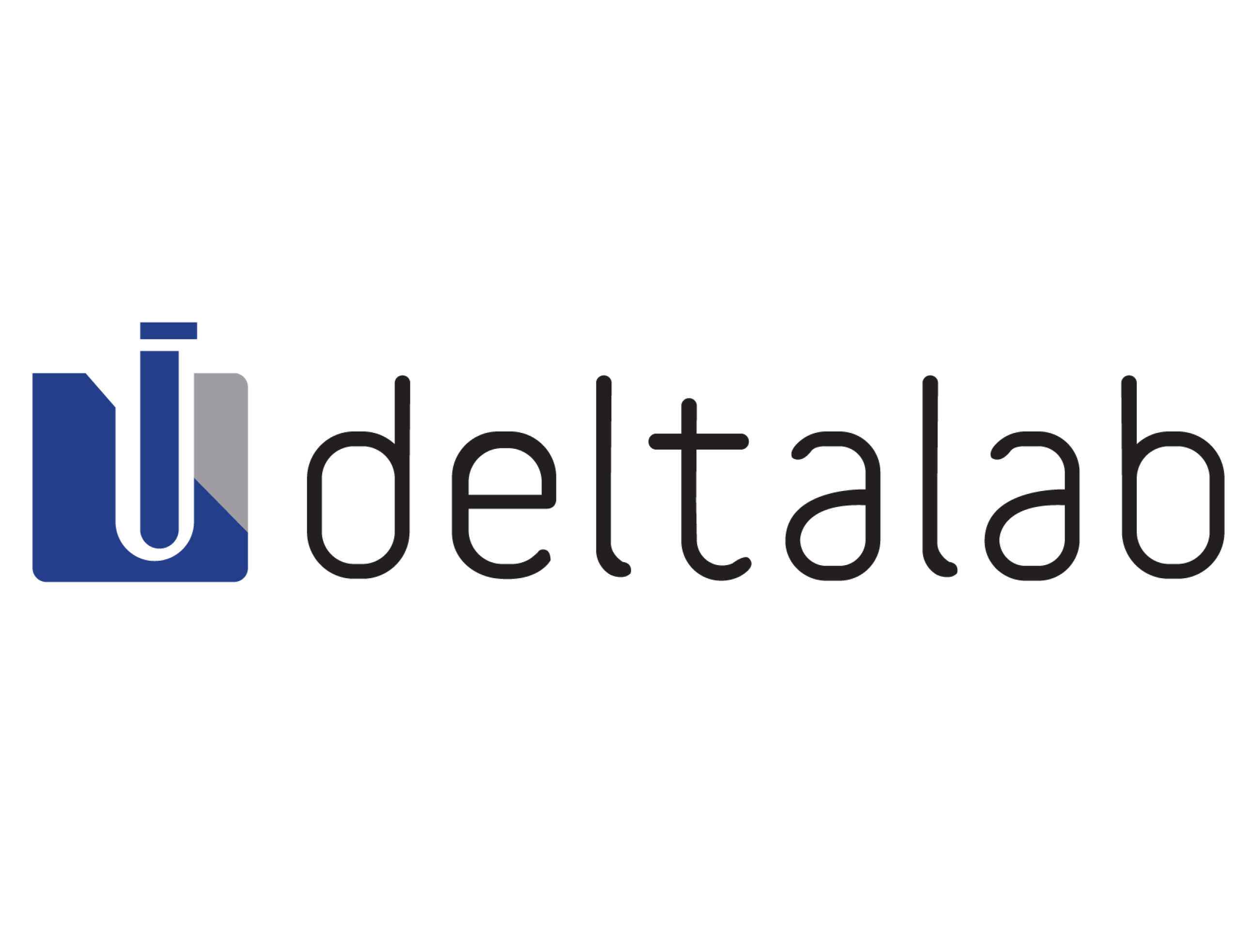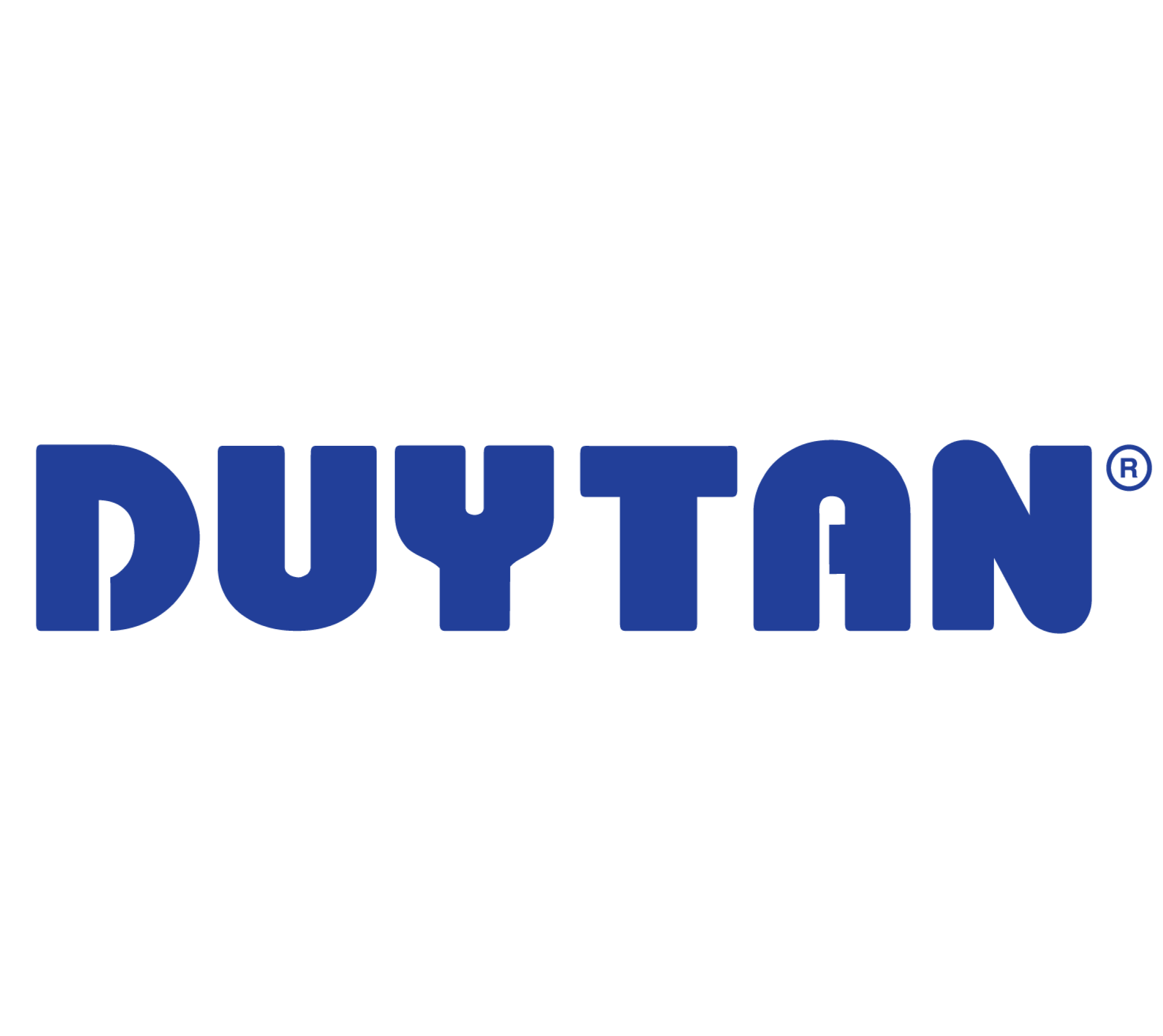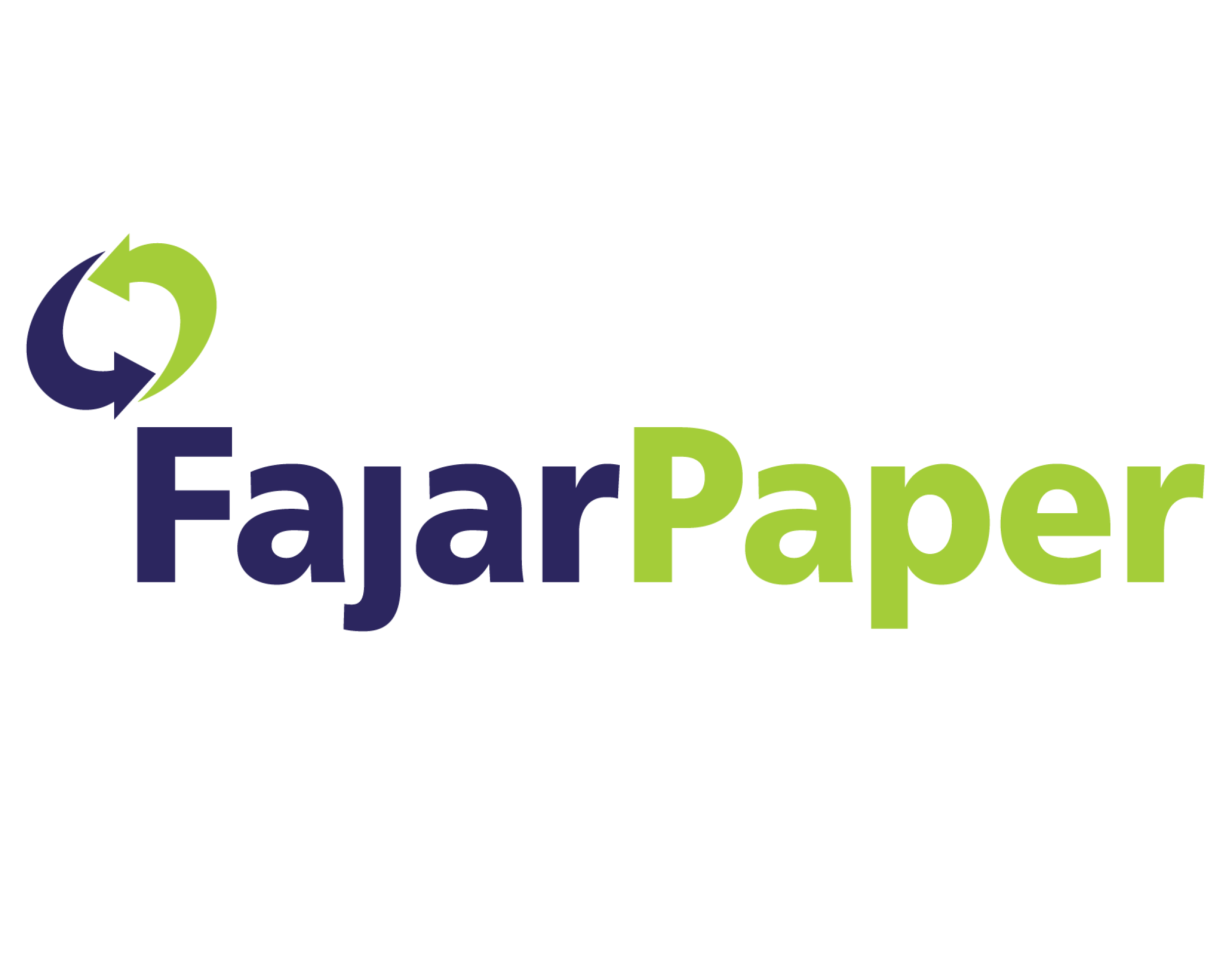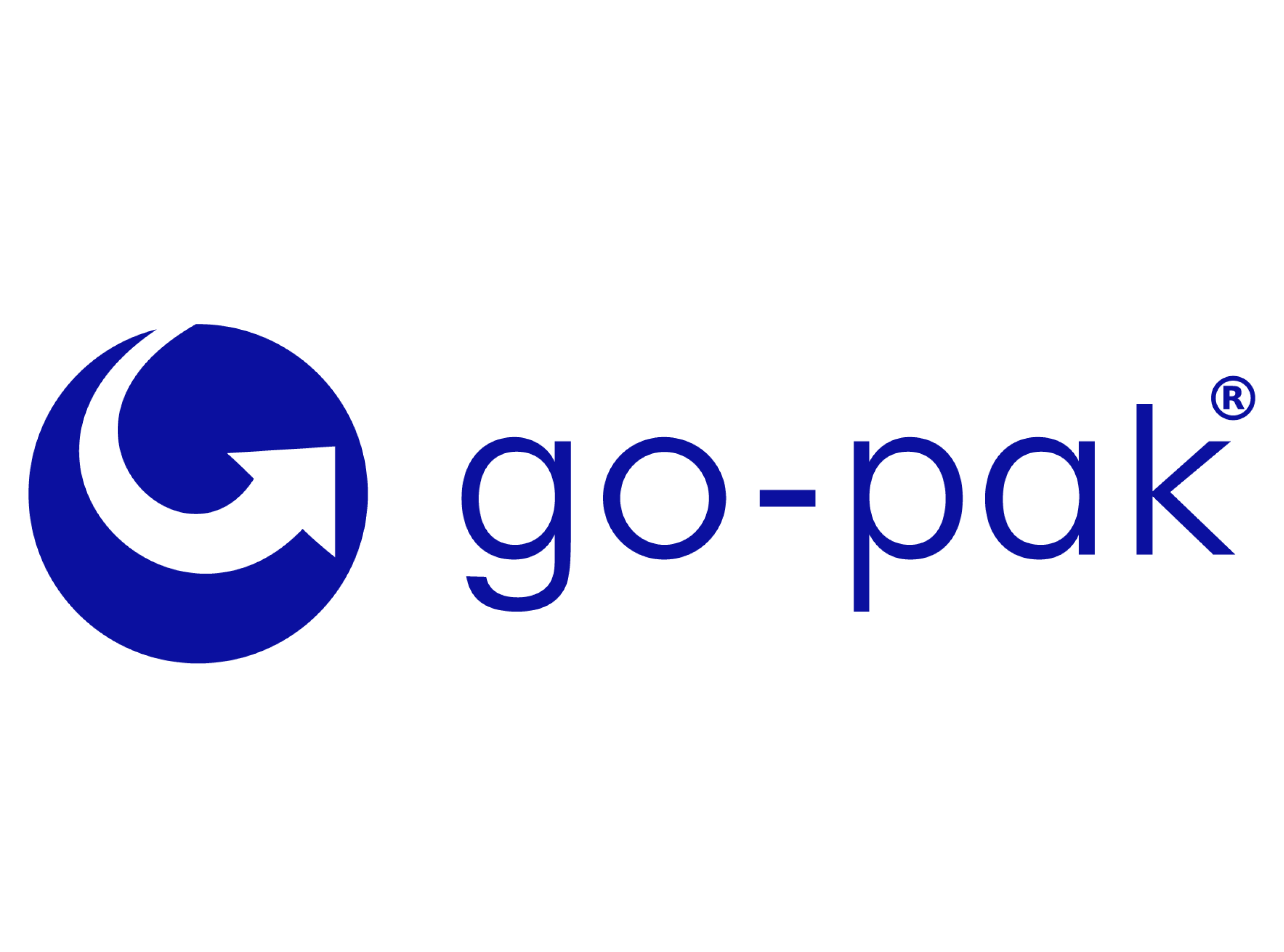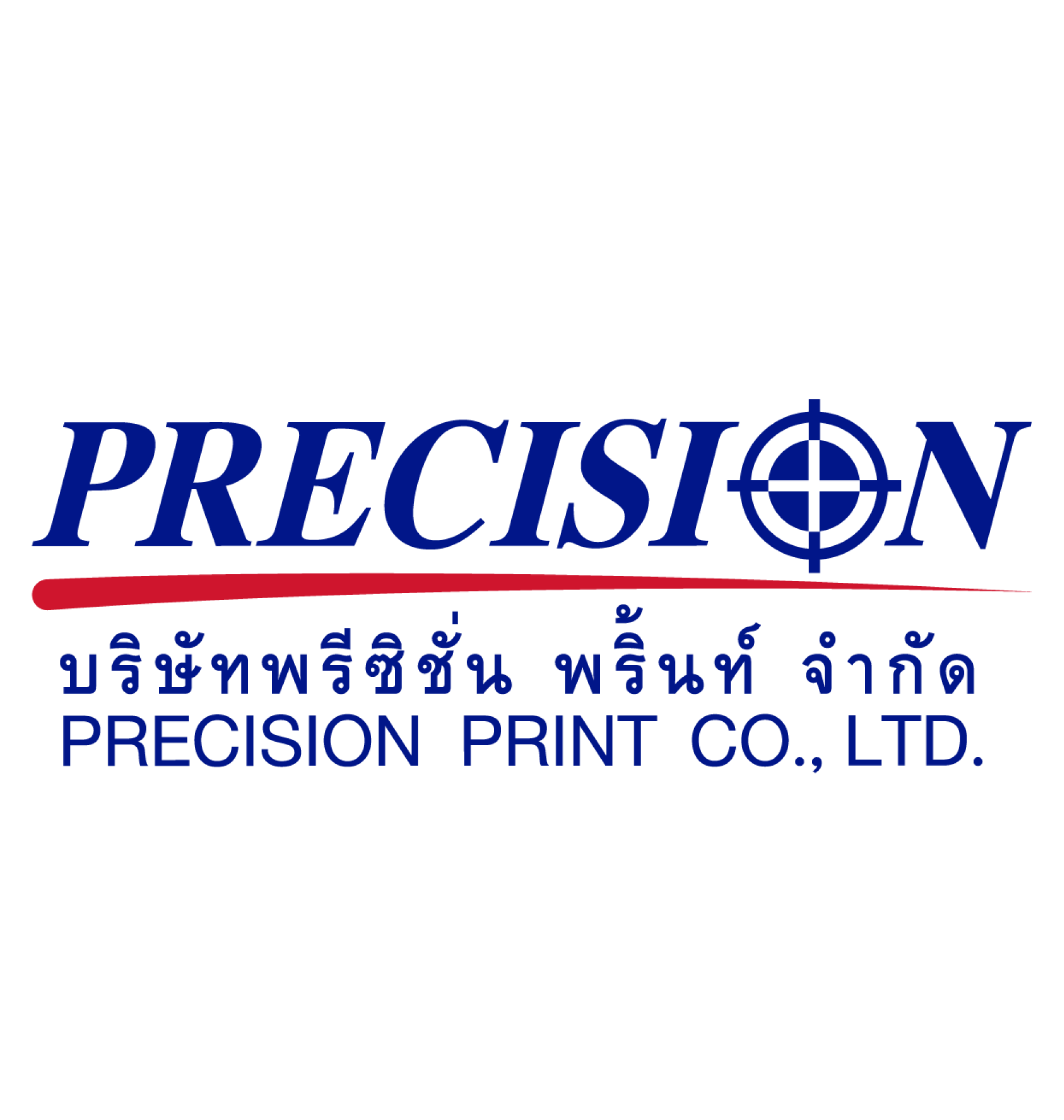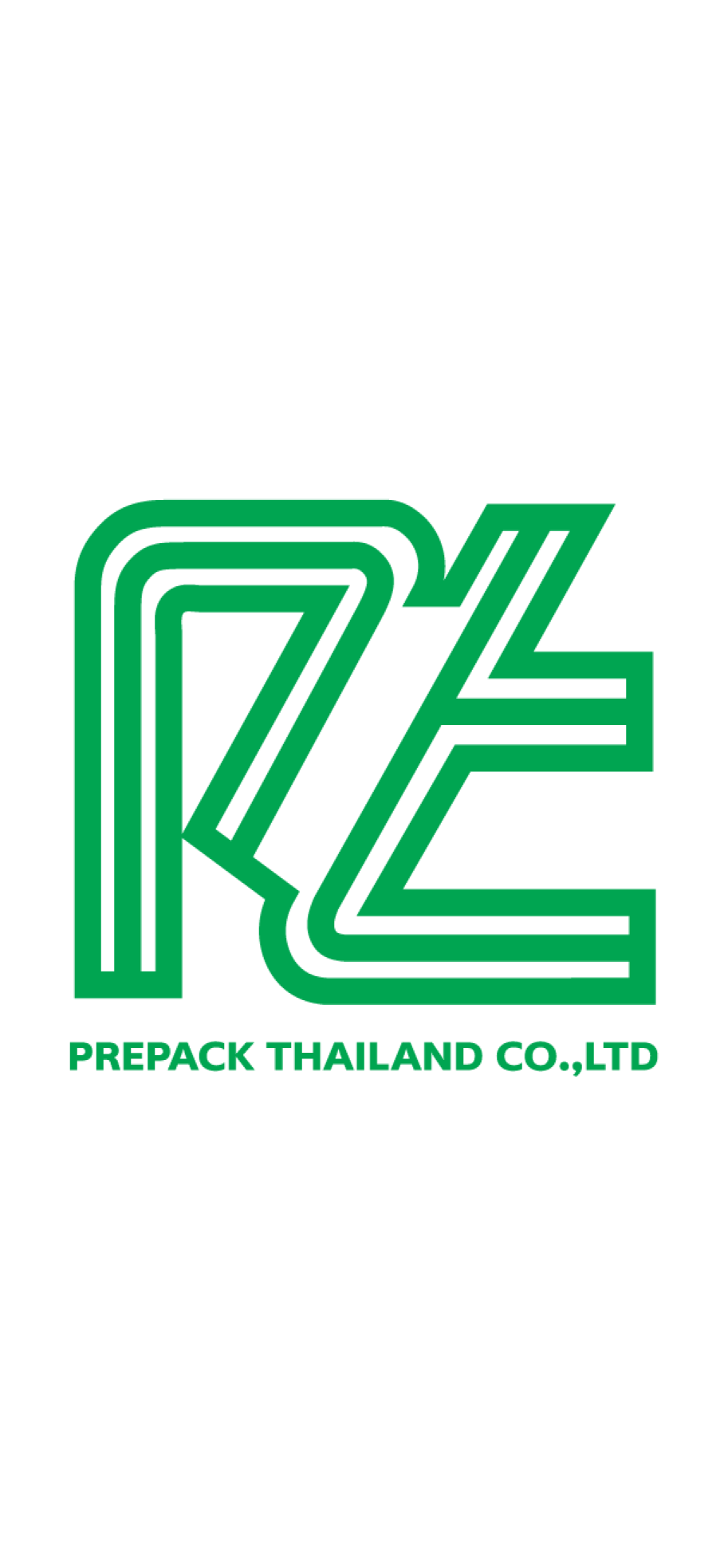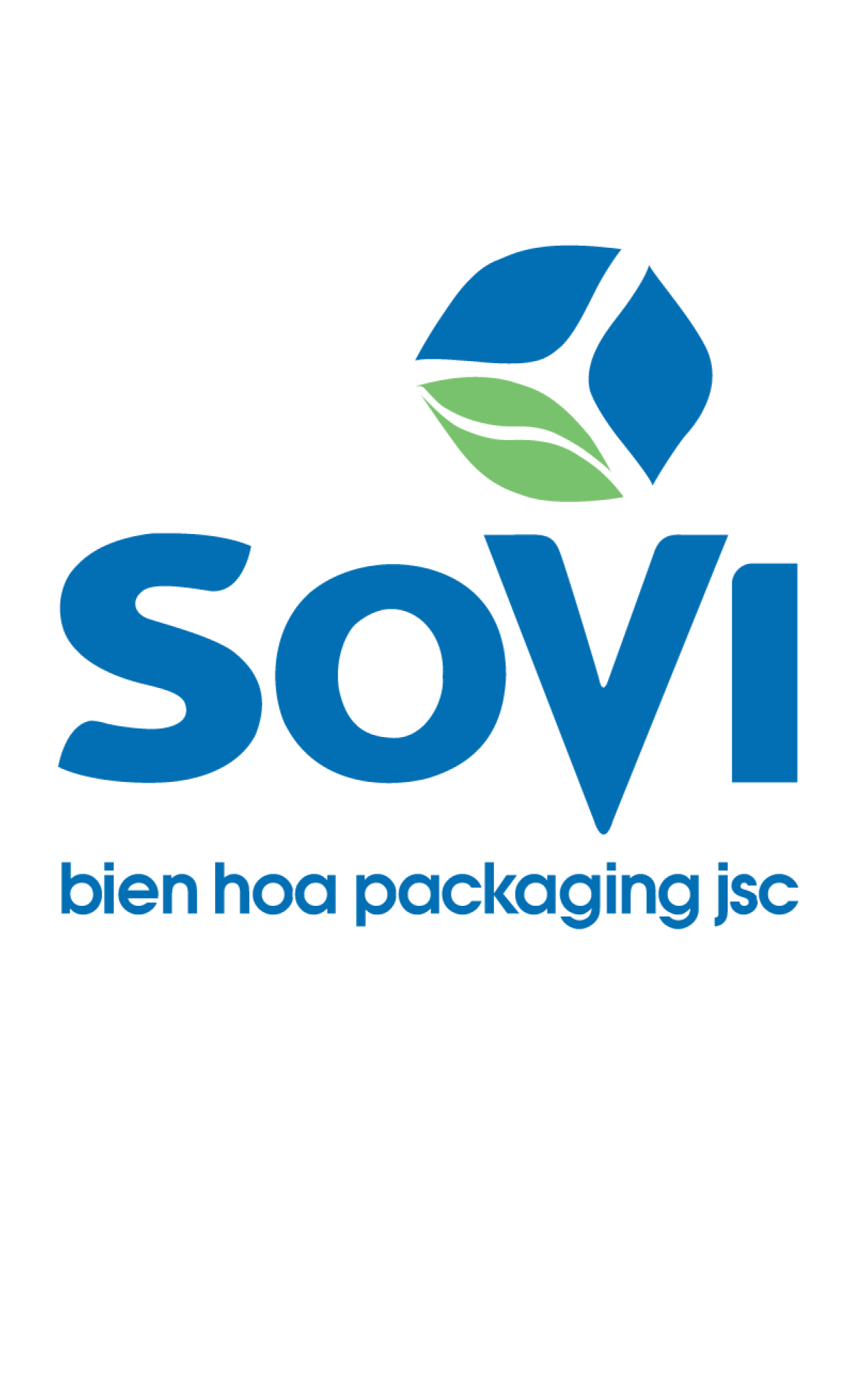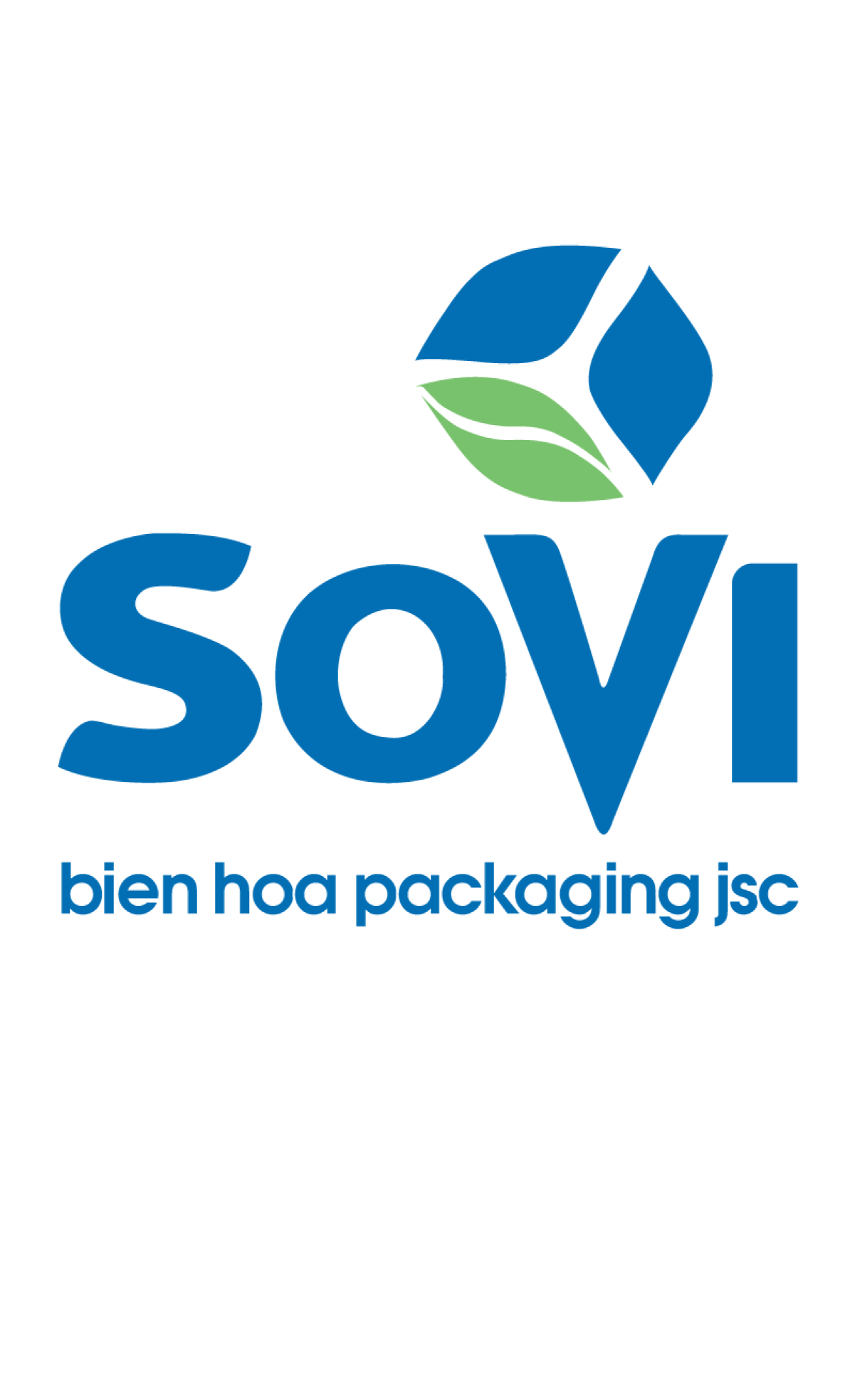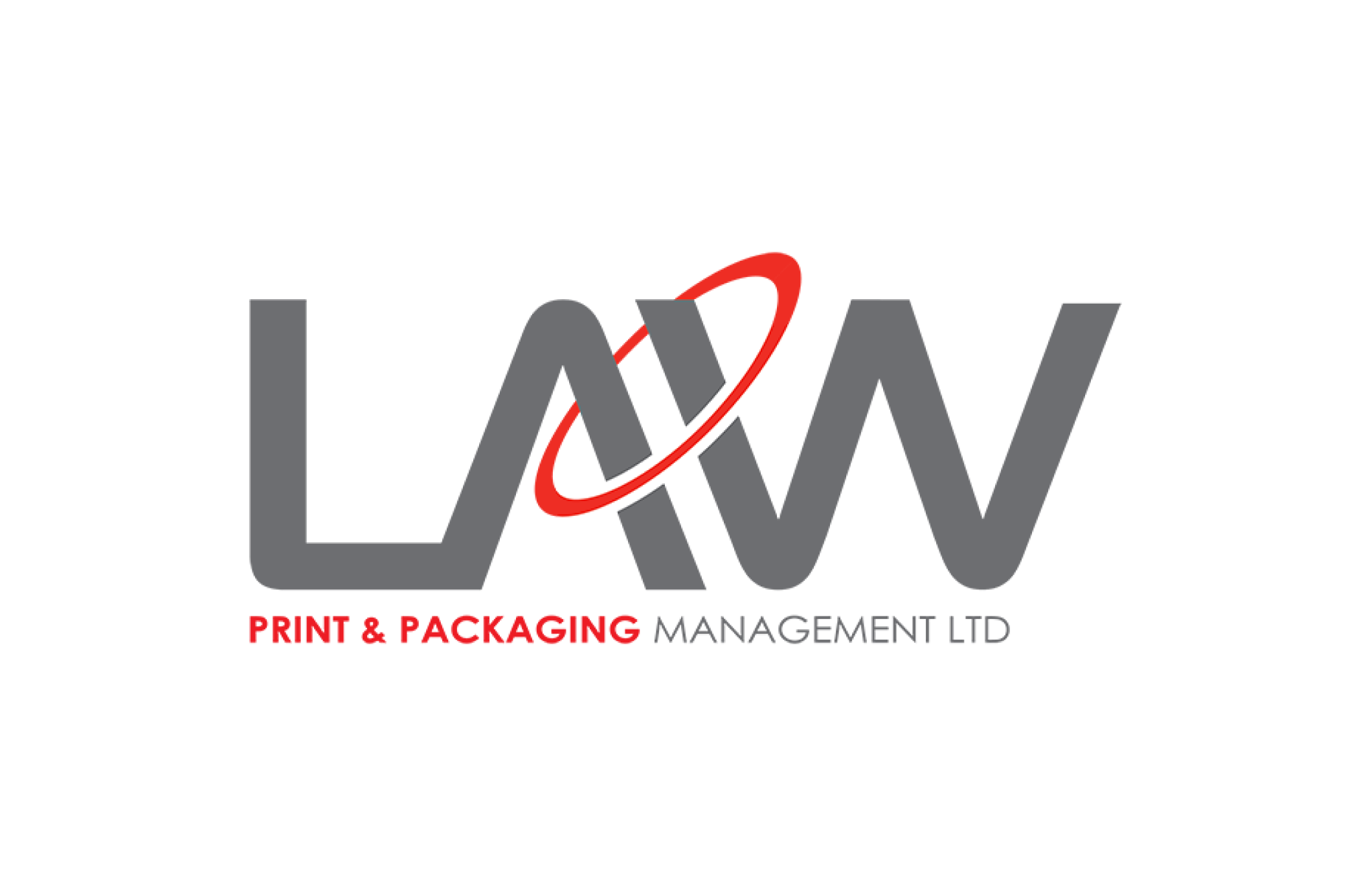AvoLait
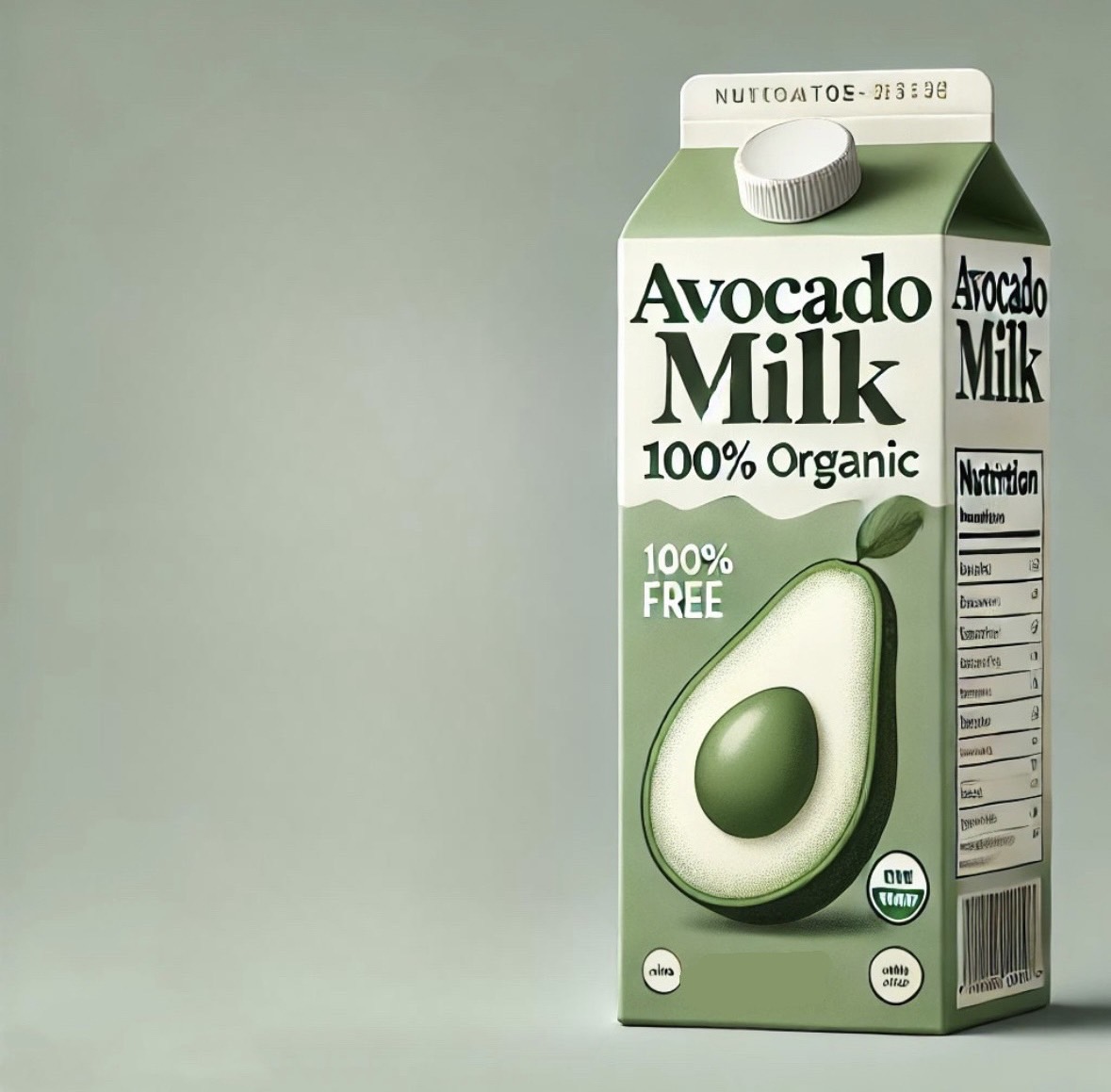
Team : PPG
Member
Ms Ploypilin Kaithongdee
Ms Wanrisa Wannakhamphui
- Brand Development Goals for AvoLait
AvoLait focuses on creating value for customers, ensuring business sustainability, and differentiating from competitors. The brand's development goals can be divided into four main objectives:
- Building a Strong Brand ImageGoal: Position AvoLait as a leading brand in the plant-based milk segment, known for high nutritional value and health benefits. Emphasize the use of natural ingredients, lactose-free formulation, and the healthy fats derived from avocado.
- Goal: Position AvoLait as a leading brand in the plant-based milk segment, known for high nutritional value and health benefits. Emphasize the use of natural ingredients, lactose-free formulation, and the healthy fats derived from avocado.
- Expanding Target Audience and Customer BaseGoal: Reach a wider audience, including health-conscious consumers, lactose-intolerant individuals, and those interested in vegan products.
- Goal: Reach a wider audience, including health-conscious consumers, lactose-intolerant individuals, and those interested in vegan products.
- Focusing on Sustainability and Environmental FriendlinessGoal: Showcase environmental responsibility and promote sustainable products in all aspects. Develop biodegradable or recyclable packaging to reduce waste and conserve natural resources.
- Goal: Showcase environmental responsibility and promote sustainable products in all aspects. Develop biodegradable or recyclable packaging to reduce waste and conserve natural resources.
- Enhancing Accessibility through Marketing and Distribution ChannelsGoal: Expand both online and offline marketing channels to make AvoLait more accessible. Utilize online platforms such as e-commerce and social media to attract customers who prefer online shopping, while increasing distribution in supermarkets and health food stores to reach a more diverse customer base.
- Goal: Expand both online and offline marketing channels to make AvoLait more accessible. Utilize online platforms such as e-commerce and social media to attract customers who prefer online shopping, while increasing distribution in supermarkets and health food stores to reach a more diverse customer base.
- Target Customers and Insights
- Health-conscious consumers seeking nutrient-dense food products made from natural ingredients, free from additives, and beneficial to their health.Buying behavior: These customers tend to purchase products with strong health claims, such as organic or preservative-free options, and are drawn to plant-based ingredients.
- Buying behavior: These customers tend to purchase products with strong health claims, such as organic or preservative-free options, and are drawn to plant-based ingredients.
- Lactose-intolerant consumers looking for lactose-free products that still offer complete nutrition, with good taste and easy digestion.Buying behavior: These individuals pay close attention to product labels, carefully checking ingredients to avoid allergens.
- Buying behavior: These individuals pay close attention to product labels, carefully checking ingredients to avoid allergens.
- Vegan or plant-based consumers seeking nutritious, plant-based products with no animal ingredients or animal testing.Buying behavior: They prefer supporting products that align with their plant-based lifestyle and often check whether a brand supports sustainability and environmental consciousness.
- Buying behavior: They prefer supporting products that align with their plant-based lifestyle and often check whether a brand supports sustainability and environmental consciousness.
Packaging Materials:
- Paper: Sturdy kraft paper
- Cap: Plastic
- Product Offering: Lactose-free avocado milk
Environmentally-Friendly Packaging StrategyAvoLait aims to use recyclable or biodegradable materials, such as recycled paper or bioplastics, to minimize environmental impact. The brand focuses on reducing the weight and volume of packaging to decrease transportation resources, energy use, and carbon emissions, while ensuring durability and quality. The brand also explores reusable packaging options, such as refillable glass bottles, and promotes designs that are easy to recycle, supporting a full lifecycle approach to sustainability.
Marketing Activities and Brand Development through Packaging
1. Building Brand Story through Packaging
- Showcase the brand's commitment to sustainability, support for local avocado farmers, and its environmental and health-driven mission through packaging design.
- Provide nutritional information, such as the benefits of plant-based avocado milk, to help customers understand the product's value.
2. Environmental Campaigns
- Use recyclable paper packaging to demonstrate the brand's efforts in reducing waste and promoting recycling.
- Run “Refill” or “Reuse” campaigns encouraging customers to return or reuse packaging, offering discounts or gifts for those who participate.
3. Packaging as an Engagement Tool
- Incorporate QR codes linking to the brand’s website or social media, providing further information on avocado milk’s health benefits, sustainability, or related lifestyle content.
- Use Augmented Reality (AR) to create interactive content, such as showing the avocado farming process or sustainable production methods.
4. Unique Packaging Design for Brand Identity
- Create a natural and health-centric packaging design, highlighting symbols related to recycling and sustainable materials.
5. Social Responsibility Campaigns
- Example: "One Box, One Tree" – every purchase of AvoLait’s paper packaging contributes to planting a tree, emphasizing the brand’s environmental responsibility.
- Partner with environmental organizations or recycling projects to create a positive brand image and appeal to eco-conscious customers.
Measuring Marketing and Brand Success
1. Brand Awareness and Image Assessment
- Conduct surveys to gauge consumer awareness and brand recall of AvoLait.
- Assess whether consumers recognize the value of AvoLait in terms of environmental friendliness, health benefits, and sustainability, ensuring the intended image matches public perception.
2. Customer Satisfaction and Loyalty Measurement
- Gather customer feedback on their experience with AvoLait, including taste, product quality, and brand trustworthiness.
3. Return on Investment (ROI) Measurement
- Use tools like Google Analytics, Facebook Insights, or other online platforms to evaluate the ROI of advertising and marketing campaigns.
- Compare sales figures before and after marketing campaigns to assess growth.
4. Target Audience Reach Analysis
- Analyze customer behavior, such as repeat purchases, decision-making time, and customer sources.
- Monitor target audience engagement on social media, tracking metrics like comments, likes, and shares.
5. Market and Brand Growth Analysis
- Evaluate AvoLait’s market share compared to competitors using industry data.
- Measure brand growth through sales, new customers, and brand expansion into new markets or customer segments.
6. Communication and Content Effectiveness Analysis
- Analyze customer engagement with marketing content, such as social media posts, videos, or articles about AvoLait, using analytics tools.
- Assess whether the core brand messages resonate with the target audience through surveys or market research.

